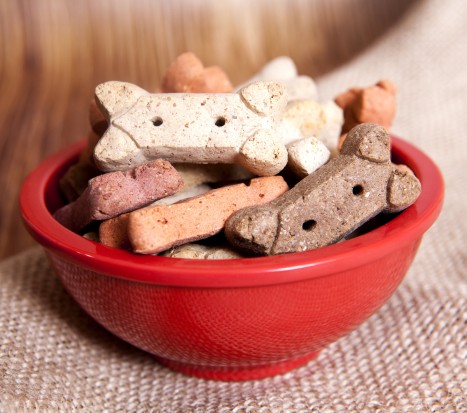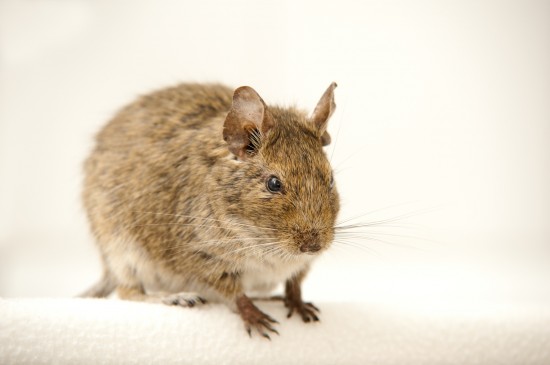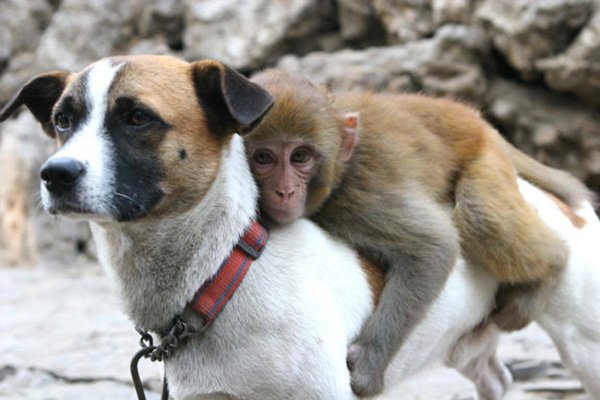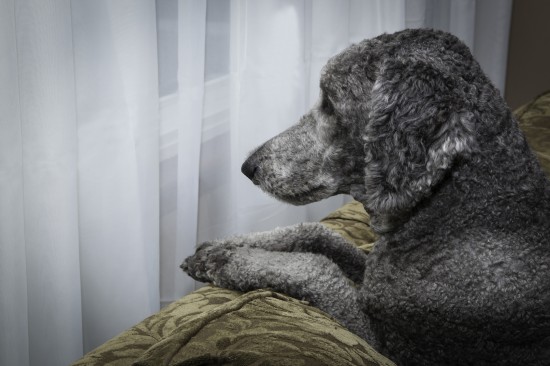
Diabetes is cats is a relatively common problem. The condition occurs when insulin fails to balance levels of glucose. Obese and older cats have an increased risk of developing diabetes, although it can affect cats of any age or breed.
Cause
Cat diabetes occurs because either the body doesn't use produced insulin as it should or because the body isn't producing enough insulin to begin with. There is no known reason why this happens, although certain conditions can increase the risk of developing this disease.
One of the most common factors that increase the risk of development of diabetes is obesity. Genetics, hormone imbalances, and pancreatic diseases can also play a role. In some cases, medications can even cause it.
Type
Diabetes in cats doesn't usually produce any symptoms in its early stages. When the disease advances, your cat may develop liver disease and secondary bacterial infections. This causes signs of disease such as increased urination, rough hair, lethargy, and increased appetite. Although cats can start to eat more, they sometimes lose weight. If your cat develops a disorder known as neuropathy, his hind lings will also become weak.
Diagnosis
At the beginning of the visit, your veterinarian will perform a thorough physical examination. Based upon your cat's symptoms, he may suspect diabetes. The diagnosis will be determined if lab tests show extremely high levels of sugar in your cat's urine and blood.
Treatment
Cat diabetes is a condition that must be treated, or it will eventually be fatal. Like humans, this condition needs to be treated with insulin shots either once or twice a day. In rare cases, cats can control the disease with a special diet and oral medication. You should also be aware that your cat's insulin dosage may fluctuate. So, you will need to schedule regular visits to the vet to determine the ideal dosage.
 Tips For Safe Home Cooking For Dogs
Tips For Safe Hom
Tips For Safe Home Cooking For Dogs
Tips For Safe Hom
 Common Health Issues In Degus Other Than Diabetes
Common Health Iss
Common Health Issues In Degus Other Than Diabetes
Common Health Iss
 Does A Breed Of Dog Say A Lot About Their Owner?
Does A Breed Of D
Does A Breed Of Dog Say A Lot About Their Owner?
Does A Breed Of D
 Tips to Choose Healthy Foods for Dogs
Tips to Choose Healthy Foods for Dogs
Dog is a
Tips to Choose Healthy Foods for Dogs
Tips to Choose Healthy Foods for Dogs
Dog is a
 Four Reasons Why Your Postman May Drive Your Dog Wild!
Four Reasons Why
Four Reasons Why Your Postman May Drive Your Dog Wild!
Four Reasons Why
Copyright © 2005-2016 Pet Information All Rights Reserved
Contact us: www162date@outlook.com